Limited quantity
N-Acetyl Glucosamine (NAG)
N-acetylglucosamine (NAG) supplement for the joints
Complete your selection
Glucosamine is an amino-monosaccharide produced endogenously in humans and animals from glucose and glutamine which is then converted into N-acetylglucosamine.
First used clinically by German doctors in 1969, it is very popular in Europe, and has in recent years also attracted considerable interest in the Americas and Asia. Unfortunately, its growing popularity has meant that the quality of supplements has fallen significantly over the last 10 years.
Where is glucosamine found in the diet? There are actually no foods that contain glucosamine.
Where does N-acetyl-glucosamine come from? How is it produced?
The ingredient in our supplement is naturally extracted from the chitin of marine invertebrates (the shells of shrimps, lobsters, crabs, etc). It’s an organic material with amazing physical and chemical properties.
Enzymes are then used to hydrolyse (break down) the molecule into several pieces. Many organisms contain these chitinase enzymes (1) which are involved in a range of physiological and pathological functions (2). Once these enzymes have completely digested the chitin molecule, we get N-acetyl-glucosamine (3).
What are glucosamine’s mechanisms of action?
Its mechanisms of action are being investigated: hundreds of scientific studies are published every year but because of current European regulations, we cannot cite any of them.
Almost 90% of glucosamine taken orally is absorbed in the gastrointestinal tract. Glucosamine is well-known for easily crossing the body’s biological barriers, except in the stomach where its polar form prevents it from passing through cell membranes.
Following first-pass metabolism in the liver, it is distributed to various biological structures in the body. The metabolised portion is thus found in carbon dioxide in exhaled air.
What is in N-Acetyl Glucosamine (NAG)
Any questions?
Our team of nutrition experts and scientists has the answers.
Glucosamine combines perfectly with chondroitin.
N-acetyl-glucosamine has been used as a nutritional supplement for many decades and remains very popular.
The majority of studies confirm the efficacy or safety of a 500mg dose taken three times a day. This can either be taken as a single dose or spread across three doses, one 500mg capsule with each meal).
At these doses, it is completely safe. Above 3000mg of glucosamine, saturation of the absorption process has been observed.
Glucosamine production from crustacean chitin enables the use of fisheryco-products with highly-nutritious molecules. Such use is consistent with the Common Fisheries Policy which aims to reduce the amount of fish thrown back into the sea and ensure responsible and sustainable fishing.
What’s more, NAG produced by chemical methods produces chemical waste which is not at all environmentally-friendly.
This product’s capsules are made of pullulan, a natural polysaccharide obtained by fermenting tapioca or corn. Pullulan contains no animal ingredients and provides an excellent barrier to oxygen, helping to preserve the integrity of the capsule’s ingredients. It is also an eco-friendly alternative to synthetic materials.
november 25 2025
C'est un très bon produit, mais il est inefficace en cas de Polyarthrite Rhumatoïde.
february 16 2025
february 15 2025
Estupendo producto. Aún estoy tratándome pero, de momento, me está sentando muy bien!! Gracias!
Great product. I'm still undergoing treatment, but so far, it's been working very well for me!! Thank you!
 see the translation
Translated by SuperSmart - see the original
see the translation
Translated by SuperSmart - see the original
november 29 2024
Produit facile d'utilisation, semble être efficace (pour les articulations en raison d'une arthrite et arthrose surtout des genoux) mais un peu trop cher. Le laboratoire Jarros Formulas NAG est 3 fois moins cher.
Easy to use product, seems to be effective (for joints due to arthritis and osteoarthritis, especially in the knees) but a bit too expensive. The Jarros Formulas NAG lab is 3 times cheaper.
 see the translation
Translated by SuperSmart - see the original
see the translation
Translated by SuperSmart - see the original
september 20 2024
Pas assez de recul, aucune amelioration en 15 jours
Not enough time, no improvement in 15 days
Hello Véronique,
It is true that results can vary from person to person and that some supplements may require longer-term use to observe significant effects. We appreciate your feedback, which helps us improve our products.
If you have any questions or wish to discuss your experience, do not hesitate to contact our customer service. We are here to support you.
Thank you again for your feedback, and we hope to serve you better in the future.
Best regards,
Gaëlle - Supersmart
 see the translation
Translated by SuperSmart - see the original
see the translation
Translated by SuperSmart - see the original
Need help?
You may also like

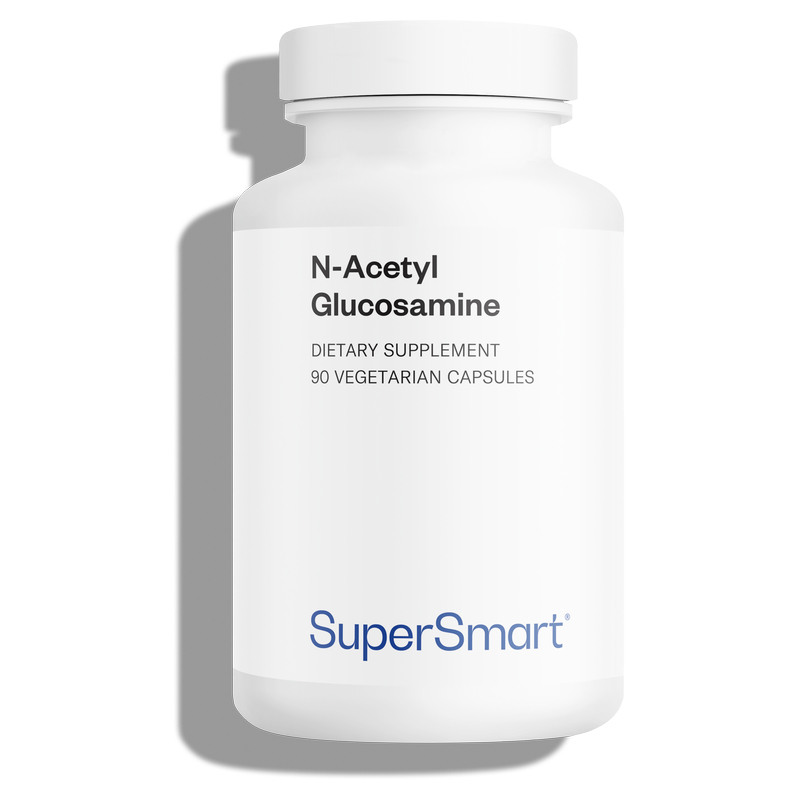
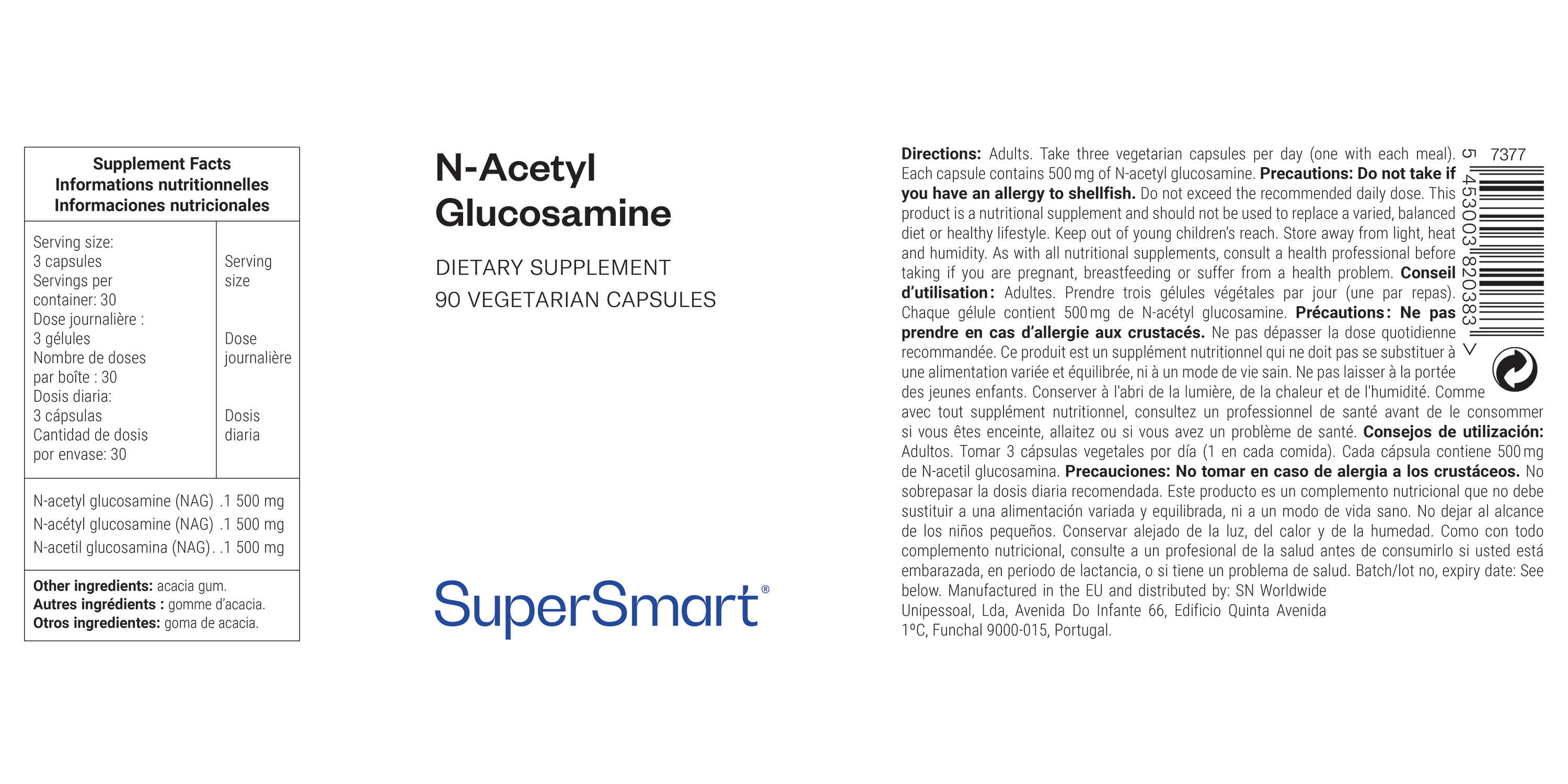
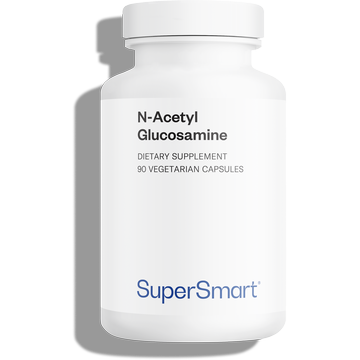
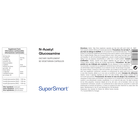

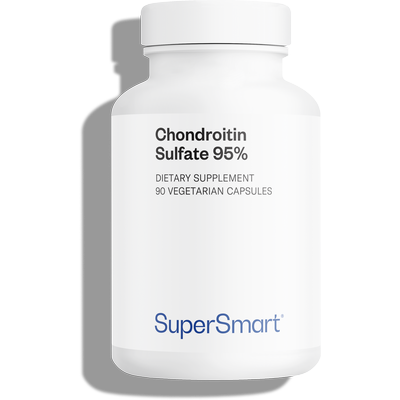
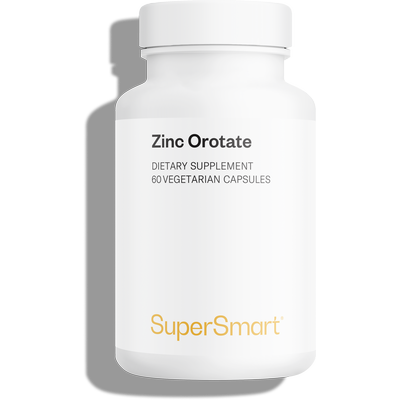
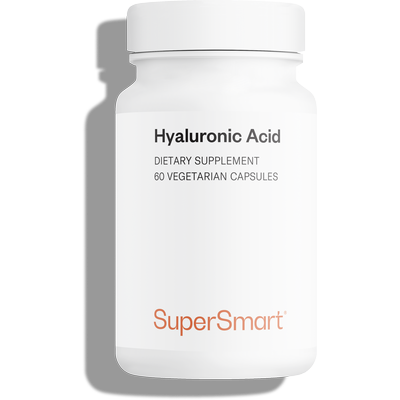
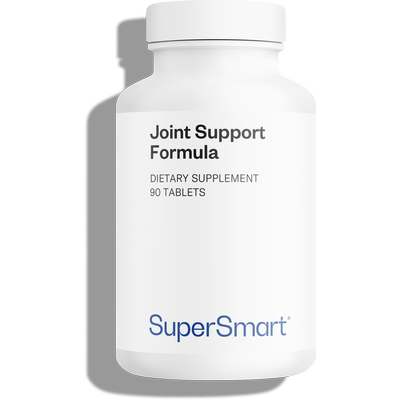
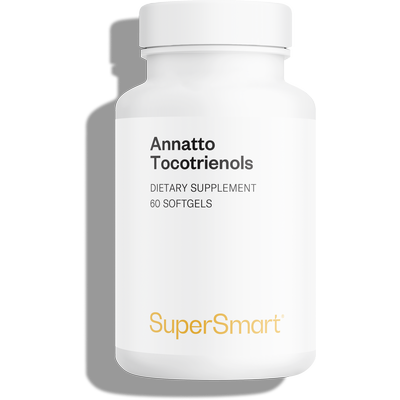
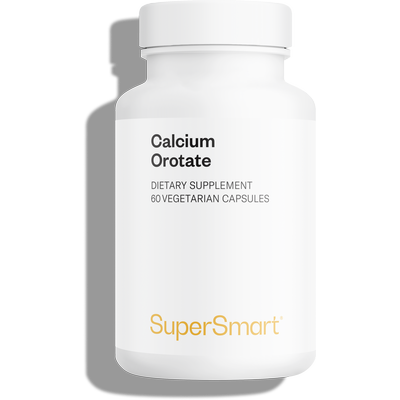
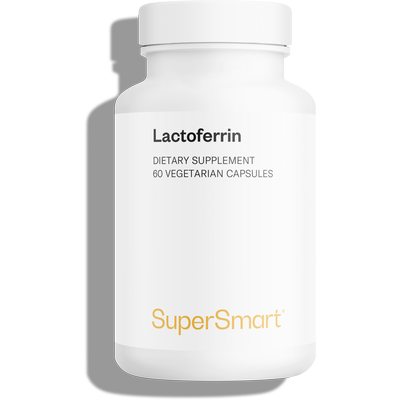
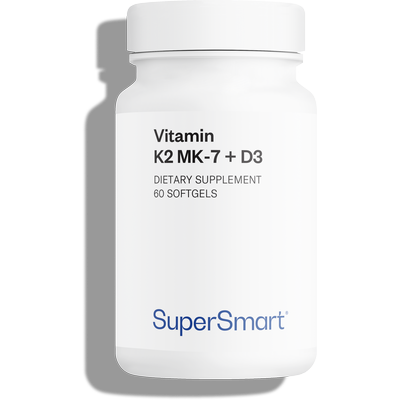
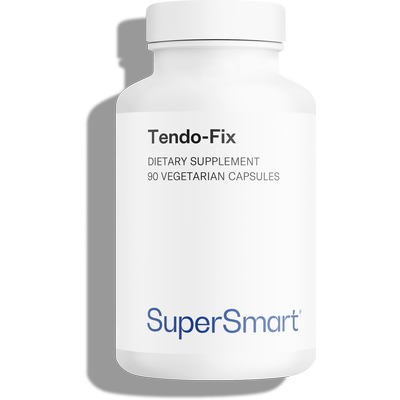
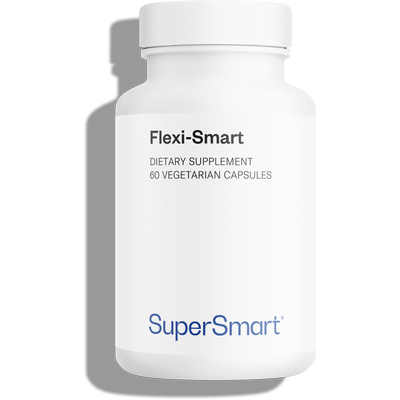
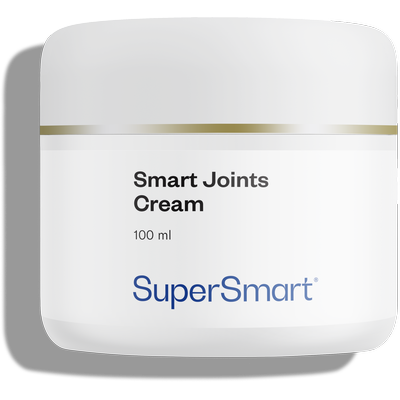
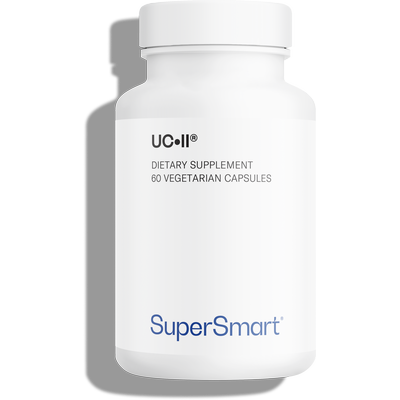
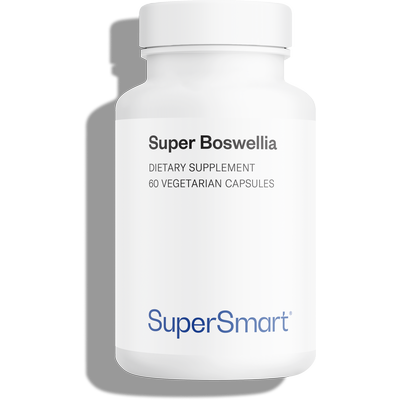


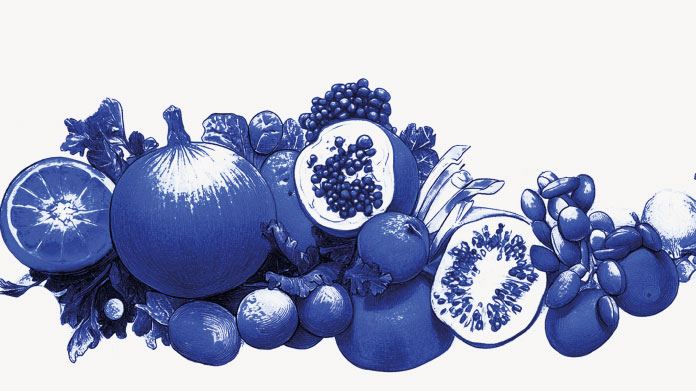
Bonjour Véronique,
Il est vrai que les résultats peuvent varier d'une personne à l'autre et que certains compléments peuvent nécessiter un usage à plus long terme pour observer des effets significatifs. Nous apprécions votre retour, qui nous aide à améliorer nos produits.
Si vous avez des questions ou souhaitez discuter de votre expérience, n'hésitez pas à contacter notre service client. Nous sommes là pour vous accompagner.
Merci encore pour votre retour, et nous espérons pouvoir mieux vous servir à l'avenir.
Cordialement,
Gaëlle - Supersmart